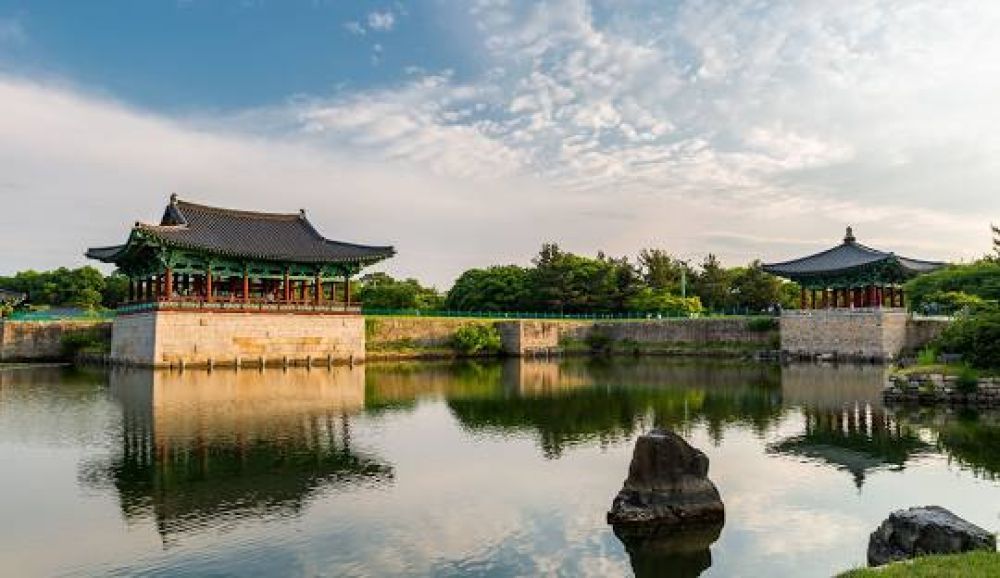

Gyeongju, the coastal city located in the southeastern part of South Korea, is often referred to as "the museum without walls" due to its rich historical significance. This cultural hub was once the capital of the ancient Silla Kingdom, which lasted from 57 BC to 935 AD, and is home to numerous historical sites that draw visitors from all over the world.
The tourism history of Gyeongju can be traced back to the early 20th century when the city began to gain recognition for its historical importance. During the Japanese occupation of Korea, archaeological excavations started to unveil the grandeur of Gyeongju’s ancient past.
In the 1970s and 1980s, with South Korea's economic development, there was a significant increase in both domestic and international travel. The Korean government began to invest in preserving and showcasing Gyeongju's historical sites, recognizing their potential to draw tourists and educate the public about Korea's cultural heritage.
The establishment of Gyeongju as a central tourist location was solidified when several of its historical areas were designated as UNESCO World Heritage Sites in 2000. These include the Bulguksa Temple, Seokguram Grotto, and the Gyeongju Historic Areas, which include the royal tombs, ancient ruins, and artifacts of the Silla Dynasty.
Since the UNESCO designation, Gyeongju has seen continuous development in tourism infrastructure, with improved roads, increased accommodation options, and tourist-centric amenities. The city has made substantial efforts to balance modern development with historical preservation to maintain the integrity and authenticity of its sites.
In recent years, Gyeongju's tourism trends have shown a move towards sustainable and experiential travel. Visitors are increasingly interested in engaging directly with the local culture through activities such as temple stays, tea ceremonies, and traditional craft workshops. The rise of digital technology has also seen an uptick in virtual tourism, where visitors can explore Gyeongju's historical sites through online platforms and augmented reality experiences.
The tourism industry in Gyeongju, like many other destinations, faces challenges such as overtourism and the preservation of its ancient sites against the pressures of modernization. To address these issues, local authorities and tourism officials are pursuing responsible tourism strategies that emphasize conservation and community engagement. The city is also exploring new tourism markets, focusing on health and wellness, to diversify its offerings.
In summary, Gyeongju's journey from the ancient capital of the Silla Kingdom to a premier tourist destination has been marked by strategic preservation efforts and responsible tourism practices. Its future in tourism looks to uphold its rich historical legacy while adapting to the evolving preferences and values of travelers worldwide.